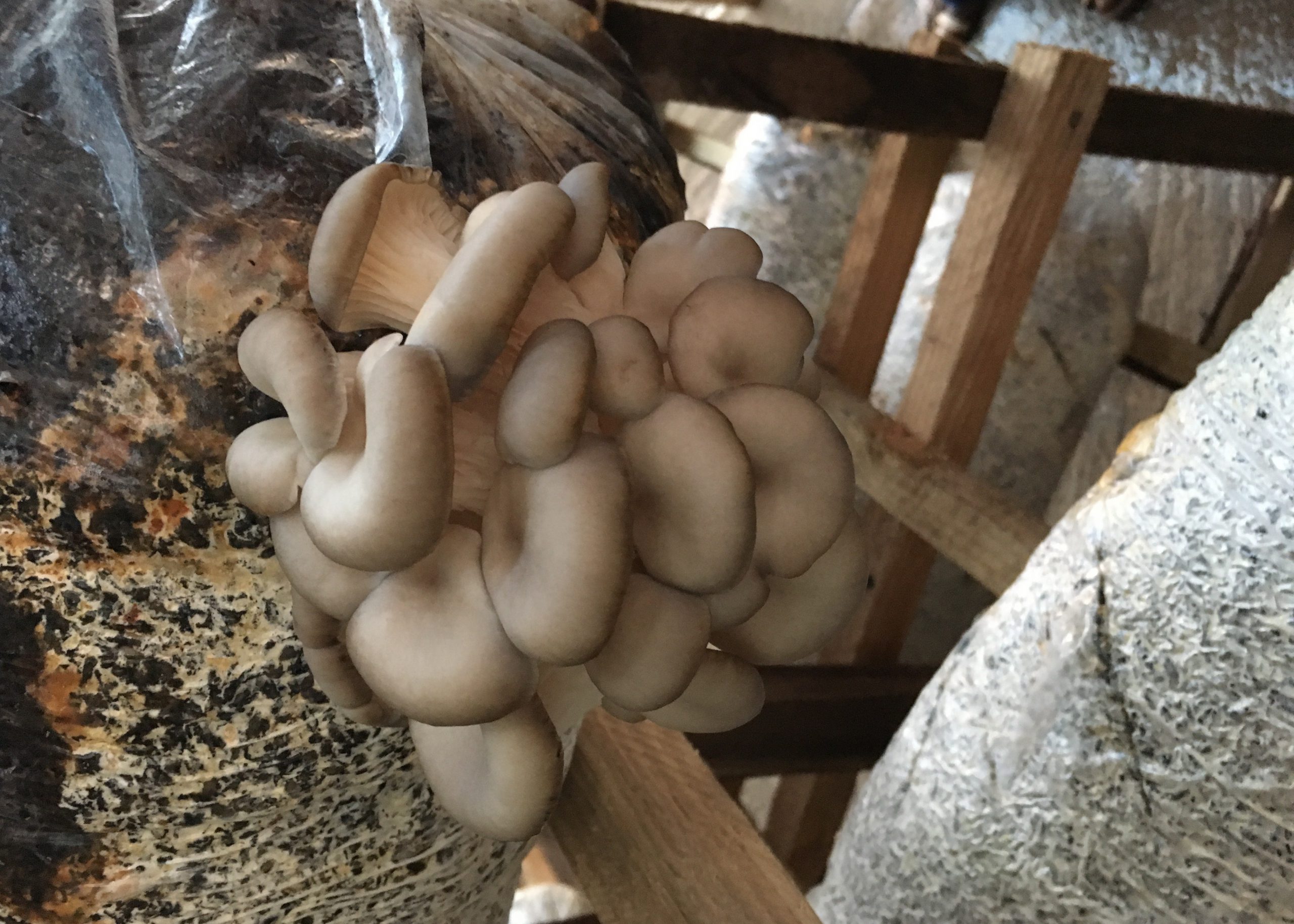Why MAD is in Japan
Over the next few months, we’ll be sharing stories from MAD’s travels in Japan—pieces about everything from the characters we meet along the way to the chefs and techniques that capture our imagination. Our research ambitions are an important aspect of this adventure, too, and the first MAD team member to land in Japan was Arielle Johnson, our Head of Research. Here, she explains why, and what you can expect from her in the coming weeks:
With noma temporarily relocated to Tokyo, we at MAD jumped at the opportunity to join them and do some research of our own.
Japan obviously has a complex food culture, extremely rich in history. One aspect we’re particularly excited about is fermentation. Techniques originating in East Asia have of late become the subject of fascination for western cooks, many of whom are using them for in-house production. A big part of the appeal is that the resulting products – miso, shoyu, koji, vinegars, meat and fish sauces – are delicious, rich in umami, bright acidity, and a whole range of other flavors. But equally important to the adventurous cook is the incredible versatility of fermentation processes. For almost any ingredient conceivable, there are fermentation processes that can be used to transform it—from the grasshopper garum invented by Lars Williams of noma to the (in)famous Mountain Dew vinegar chef Sean Brock produces in Charleston, South Carolina at Husk, these techniques are applicable to virtually any food culture. Bringing together microbes and local ingredients extends the expression of terroir, creating new-but-native flavors that could be hard to find without importing products from elsewhere (like citrus in Scandinavia).
Having worked on fermentation with noma and in Copenhagen for years, much of our knowledge has been second hand; extensive reading (and a lot of YouTube videos) have provided a lot of information about creating new and delicious ingredients using koji-making and other techniques, but we haven’t had the chance to gain knowledge in-person from experts working in these traditions.

Last week we made miso with the grandmothers of Niseko, Hokkaido
That’s why, while René and the rest of the Noma test kitchen, back of house, and front of house teams are putting what they’ve learned about Japanese ingredients to use at the Mandarin Oriental Hotel, I’m working my way around the country, meeting with producers and enthusiasts of koji, miso, shoyu, vinegar, sake, ishiri (fish sauce), tsukemono (vegetable pickles), and the year-plus-aged rice-and-fish ancestors of modern sushi to learn at the source. I’ll be making miso on the snow-covered northern island of Hokkaido with a group of grandmothers using techniques they learned from their grandmothers, and spending time in Kyoto, the old imperial capital, where vegetable pickling is used to highlight and express the changes in the seasons.
Stay tuned for research, photos, techniques, stories, and some useful science.




